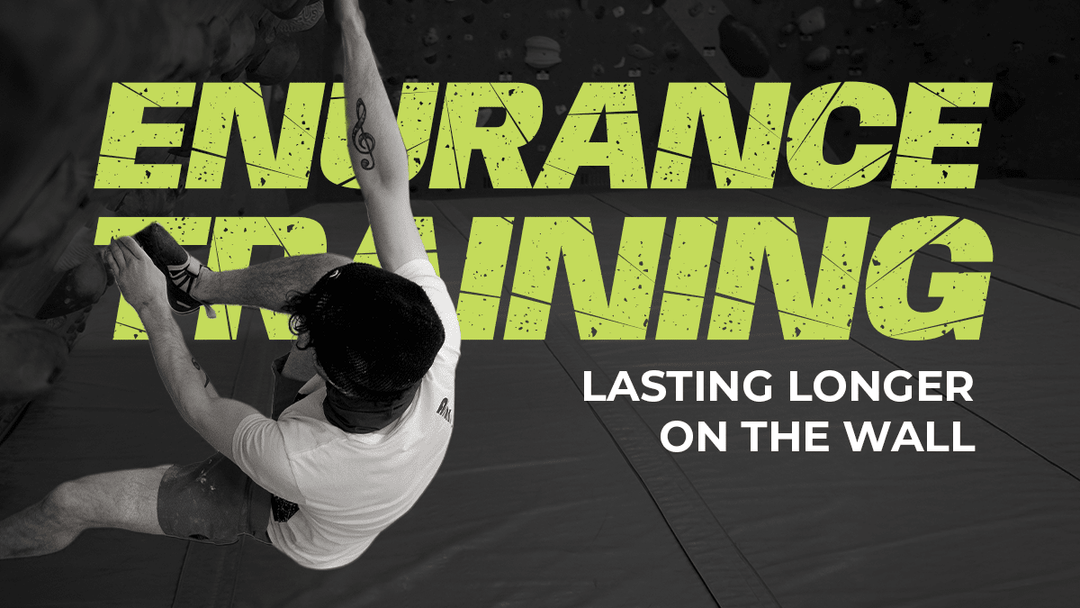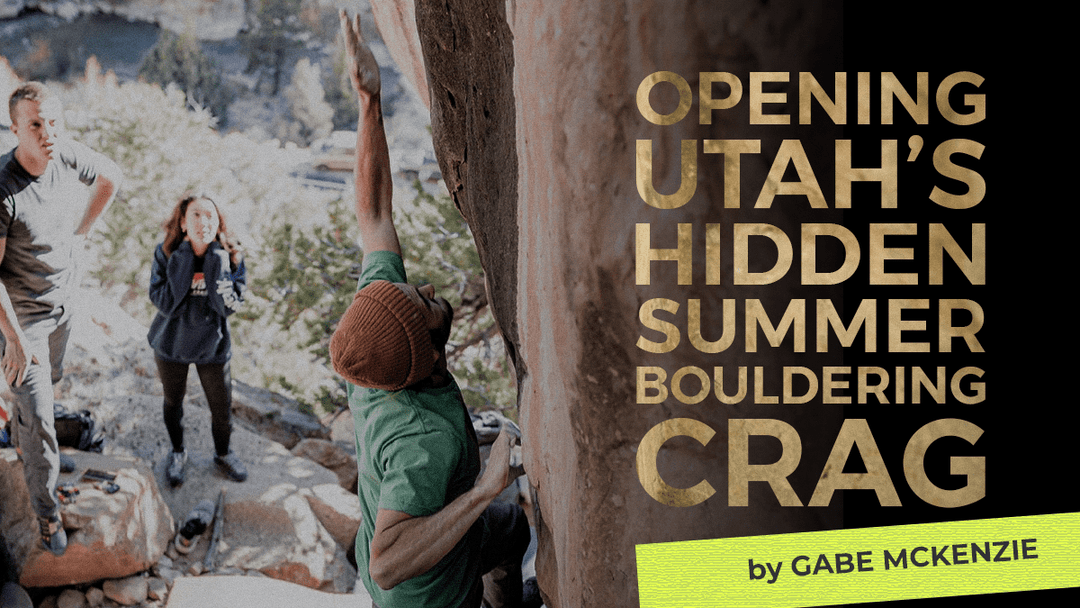When to Hangboard

A hangboard is one of the climbers' best tools to increase their finger strength. Whether you are focused on indoor climbing competitions or projecting outdoor rock climbs, you will likely need to focus on getting stronger fingers. But how do you know if it is the right time to start hangboarding? Climbing well involves much more than strong fingers. Remember when you saw the "out of shape" climber flash your project outdoors or the "in shape" climber struggle on your warm-up in the gym. Because every climber has a different body with different strengths and weaknesses, it can be difficult to tell what part of your climbing is holding you back. In this article, we will review some indicators, or "Green Flags," to look out for that will let you know if finger strength is holding you back. We will also point out some "Red Flags" that may indicate that hangboarding isn't for you now.
As a disclaimer, we'd like to reiterate that every climber is different. There is no catch-all rule that will tell you when to start hangboarding. These are just some tips. If you want to know if you should begin hangboarding, contact your local climbing trainer for an evaluation.

Green Flags
Experienced Climber, But No Training
If you consider yourself an experienced climber with little to no training in your climbing career, hangboarding may help push you to the next level. Unfortunately, no universal amount of time indicates that you are an "experienced climber." But you know who you are. These climbers have progressed steadily through their climbing career and have made climbing a regular and consistent part of their fitness or life. Often these climbers have resisted training not because they think it won't work but simply because they have continued to progress without it! If this is you, and you have recently been considering hangboarding to improve your finger strength, go for it. Hangboarding may benefit you for various reasons, including keeping to a schedule, tracking progress, or working on climbing-specific strength.
Strong on Most Holds, But Not Crimps
If you climb a particular grade on most holds, but that grade drops significantly if crimps are involved, hangboarding may be for you! This is one way to identify your strengths and weaknesses as a climber. Look closely, or even track in a notebook, the difficulties and types of climbs you try and how well you perform. While you know your climbing well enough to catch the apparent trends, you might be surprised that you perform much better or worse on specific climbs. This is an indicator that your climbing could benefit from incorporating hangboarding.
Red Flags
Injury Prone Climber
Injury-prone climbers, beware! You know who you are. If you constantly take days or weeks off due to finger, elbow, or shoulder injuries, hangboarding may not be for you now. Hangboarding is a widespread cause of finger injury due to improper form and overtraining, so there may be better ideas than starting hangboarding as an already injury-prone climber. At the least, be sure that you give your body extra time to heal before hangboarding. If you are ever feeling tweaky or sore, take the day off.
That being said, sometimes hangboarding is an excellent injury recovery tool for finger injuries, but you never want to go about that journey alone. Make sure you work with an expert to determine the best rehab plan for your finger injury, whether or not it includes hangboarding.
Newer Climber
Hitting plateaus is a part of climbing. And sometimes newer climbers will progress quickly, hit a plateau, and turn to hangboarding to help them overcome it. While this may work for some climbers, most simply need to stick with it! As you begin climbing, you will naturally build finger strength and teach your pulleys and tendons to handle the extra stress that rock climbing demands. Turning to hangboarding too early is an injury waiting to happen. If you are a newer climber, be patient. You will be a better climber for it, and your fingers will thank you.
Lots of Dry-Firing
Dry-firing is when a climber crimps a hold, weights the crimp, begins to move off the hold, and then the hand slides quickly out of the crimp grip, often resulting in a fall. Some climbers are chronic dry-firers. And while they try different chalks and brush off the holds, nothing seems to work. So they conclude that they are weak on crimps and turn to hangboarding. While stronger fingers will help you to hold on to more minor crimps or pull harder on crimps, dry-firing is often the result of poor conditions or poor body positioning. So hangboarding will only sometimes fix this problem. Instead, pay close attention to your foot and hip positioning on the wall and how much weight you put on the crimp and how quickly you load the crimp. Fixing these things will likely take care of your dry-firing problem before hangboarding does.
As we have said, every climbers' body is different. So only you (and maybe a trainer or coach) can determine that you need to hangboard. But only jump into hangboarding after first looking out for the green and red flags we've pointed out here!





